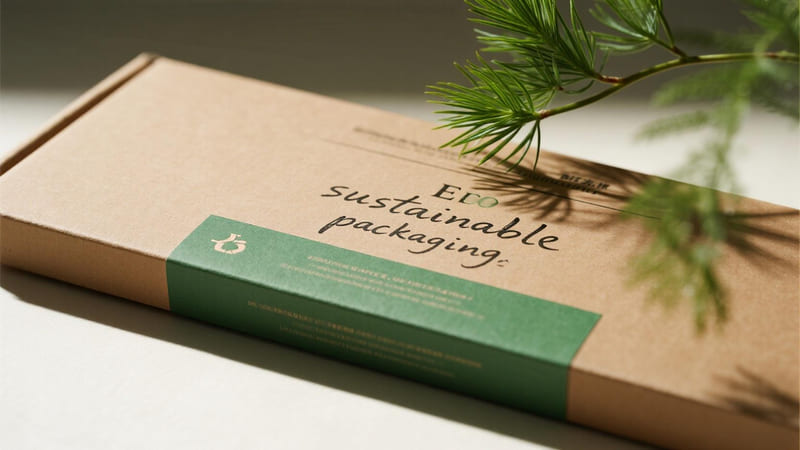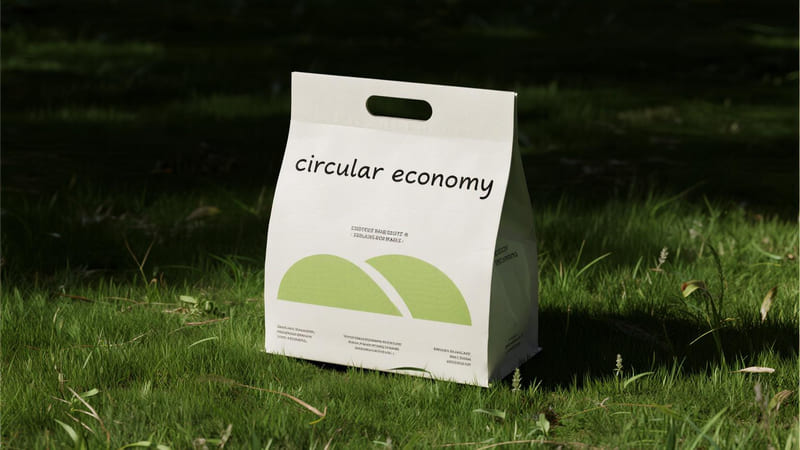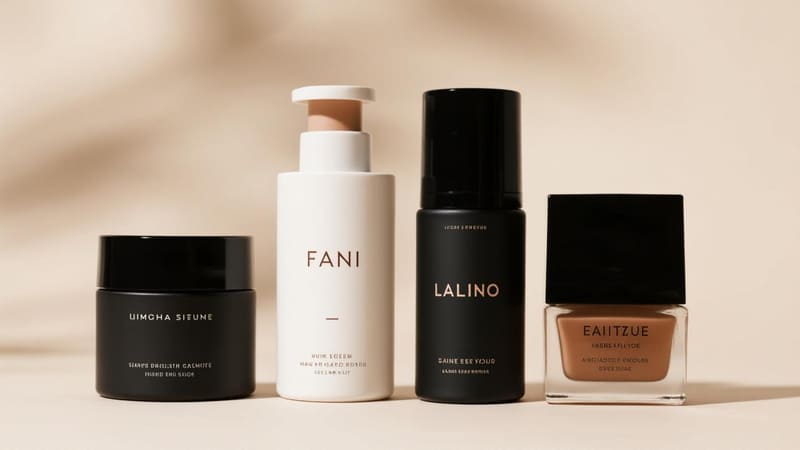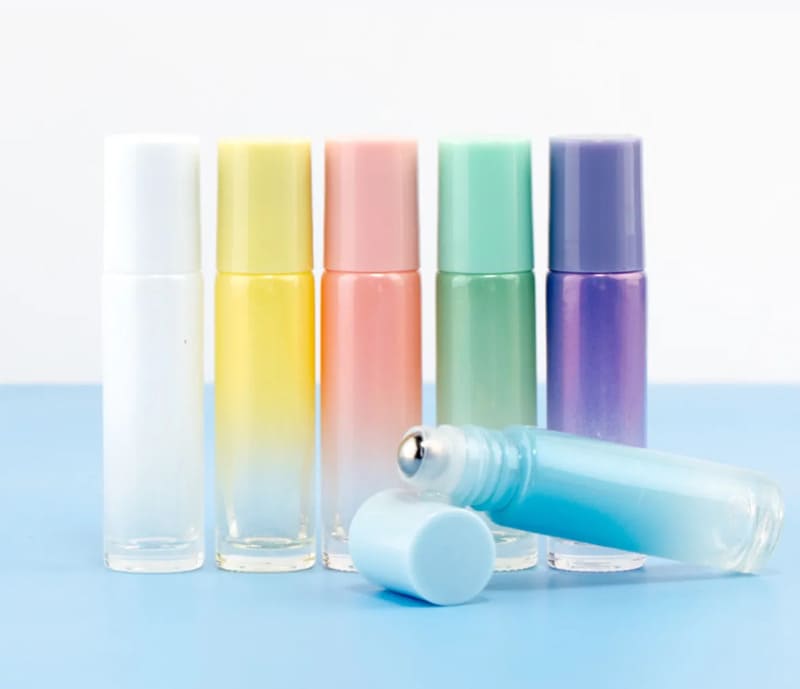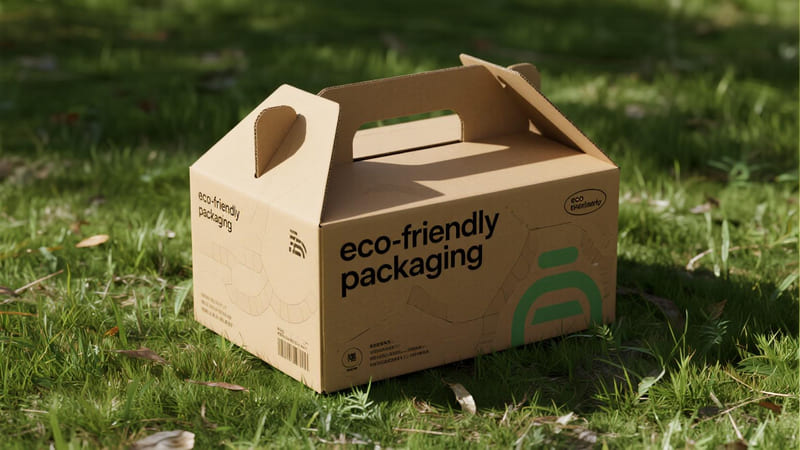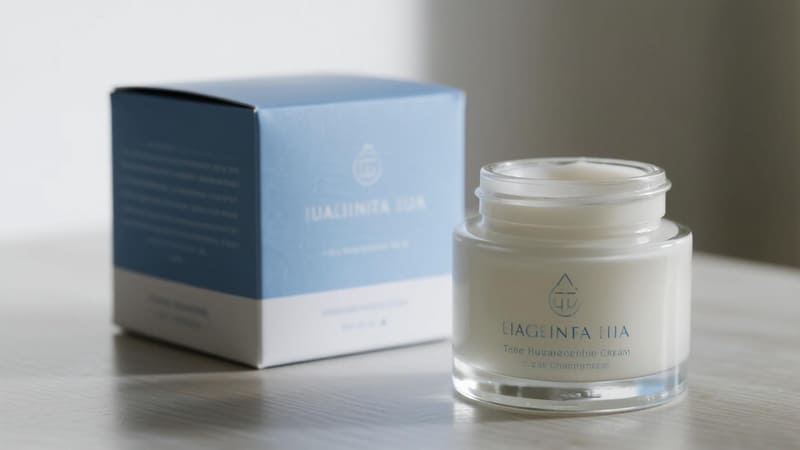Fenty Beauty, a brand celebrated for its revolutionary inclusivity, is now increasingly turning its attention to another critical area: sustainability. This shift reflects a broader industry-wide movement where innovative packaging is being redefined not just by its look and feel, but by its environmental impact.
Fenty Beauty is redefining sustainability in cosmetic packaging by incorporating refillable systems, utilizing Post-Consumer Recycled (PCR) materials, and designing for minimalism and recyclability. This approach, part of a larger industry trend, moves beyond aesthetics to prioritize a circular economy, resource conservation, and reduced environmental footprint, setting a new standard for conscious luxury.
The conversation around cosmetic packaging is changing. For years, luxury was defined by weight, complexity, and opulent materials. Today, a new kind of luxury is emerging—one that is smart, responsible, and sustainable. As a packaging manufacturer with ShineTop for over two decades, I’ve had a front-row seat to this evolution, helping brands navigate the transition to greener solutions. Fenty’s journey is a powerful example of this industry-wide pivot.
Fenty Beauty’s Approach to Sustainable Packaging
Fenty Beauty, under Rihanna’s visionary leadership, has begun to integrate sustainability into its product development and packaging design, demonstrating that eco-conscious choices can coexist with a premium, high-fashion aesthetic.
Fenty Beauty’s approach to sustainable packaging focuses on the principles of "Reduce, Reuse, Recycle." This is evident in their refillable product systems (like for lipsticks and moisturizers), increasing use of Post-Consumer Recycled (PCR) plastics, elimination of unnecessary secondary packaging like plastic shrouds, and designing components for easier recycling.
Fenty’s strategy is a practical application of key sustainability principles.
Key Pillars of Fenty’s Sustainable Packaging:
-
Refillable Systems (Reuse):
- Fenty Icon Refillable Lipstick: This is a prime example. Consumers purchase a durable, stylish outer case once and can then buy different lipstick shades as individual refills. This drastically reduces the waste associated with discarding an entire lipstick mechanism each time.
- Fenty Skin Hydra Vizor Moisturizer SPF 30: Features a sleek outer holder and a replaceable inner cartridge. When the product is finished, the consumer keeps the holder and pump, and simply purchases a new refill pod, reducing plastic waste by a significant margin.
- Butta Drop Whipped Oil Body Cream: Also designed with a refillable inner cup system.
-
Use of Recycled Materials (Recycle – Upstream):
- Fenty has increasingly incorporated Post-Consumer Recycled (PCR) plastic into its packaging. This means using plastic that has been recycled from consumer waste, reducing the demand for virgin, fossil-fuel-based plastic.
- Many of their boxes are made from recyclable paperboard, often with FSC (Forest Stewardship Council) certification, ensuring responsible sourcing.
-
Designing for Recyclability (Recycle – Downstream):
- By creating systems where components are more easily separated (e.g., the refill pod from the outer holder), it increases the likelihood that the recyclable parts will be processed correctly.
- The brand is moving towards mono-material designs where possible and providing clearer instructions to consumers on how to recycle each part.
-
Reduction of Waste (Reduce):
- Fenty has made conscious decisions to eliminate unnecessary packaging elements. For example, they have removed the inner plastic trays or shrouds from many of their boxes, reducing the overall amount of plastic used per product.
- Their shipping boxes for online orders are often designed to be fully recyclable.
Fenty’s approach demonstrates that sustainability can be seamlessly integrated into a modern, luxury beauty brand, making it both aspirational and responsible. This is a journey we at ShineTop are on with many of our clients, like Anna from Thailand, who is exploring refillable systems for her natural skincare line.
The Broader Trend: Sustainability as the New Luxury
Fenty Beauty’s efforts are part of a larger, industry-wide movement where the very definition of "luxury" in packaging is being redefined. The old markers of opulence are giving way to new symbols of conscious consumerism.
The broader trend in cosmetic packaging sees sustainability as the new luxury. Brands are moving away from excessive, heavy packaging towards smart, eco-friendly solutions like minimalist designs, innovative renewable materials (bamboo, mycelium), high-recycled content, and sophisticated refillable systems. This shift redefines luxury as quality, responsibility, and intelligent design, rather than just material excess.
This evolution is changing the aesthetic and material landscape of the beauty industry.
How Sustainability is Redefining Luxury Packaging:
- From Weight to Wisdom: Previously, heavy glass and weighted components signified luxury. Now, lightweighted glass, recycled materials, and smart, resource-efficient designs are seen as markers of an intelligent and modern luxury brand.
- From Disposable to Durable & Refillable: The ultimate luxury is becoming a beautiful, durable object (the primary container) that you keep forever, simply replenishing the product inside. This shifts the focus from disposable packaging to a long-term relationship with a beautifully crafted item.
- Material Innovation: Luxury brands are pioneering the use of new sustainable materials. This includes not just PCR plastics, but also custom-molded paper pulp inserts (replacing foam), wood and bamboo from certified sources, and even bio-based materials.
- Transparency as a Virtue: Luxury is no longer just about a mysterious allure; it’s also about transparency. Brands that clearly communicate their sustainability efforts, material sourcing, and end-of-life instructions are building a new kind of trust and prestige.
- Minimalism with a Purpose: Clean, minimalist design is not just an aesthetic choice; it’s a sustainable one. It often uses less ink, fewer materials, and focuses on the quality of the packaging itself rather than superfluous decoration.
This trend is something we discuss daily with our clients at ShineTop. Mohammed, who creates luxury gift sets in Iraq, is now exploring how to incorporate recycled greyboard and FSC-certified papers into his rigid box designs to appeal to a more conscious global consumer.
Challenges and Opportunities in Sustainable Packaging
The path to truly sustainable packaging is not without its challenges, but each challenge presents an opportunity for innovation and leadership in the cosmetics industry.
Challenges in sustainable cosmetic packaging include higher costs and limited availability of some eco-materials, ensuring product compatibility and stability in new materials, scaling recycling infrastructure globally, and educating consumers on proper disposal or refill use. However, these challenges create opportunities for brands to innovate, build consumer loyalty, and lead the industry towards a circular economy.
Navigating these complexities is key to making meaningful progress.
Key Challenges:
- Cost & Scale: Sustainable materials like high-percentage PCR, bioplastics, or custom-molded pulp can sometimes be more expensive than conventional options, especially for smaller brands. Scaling the supply chain for these materials is an ongoing process.
- Performance & Compatibility: New materials must be rigorously tested to ensure they don’t react with the cosmetic formula and provide adequate protection against light, air, and contamination.
- Recycling Infrastructure: A package might be "recyclable," but if the local infrastructure to actually process it doesn’t exist, the effort is wasted. This is a major hurdle for some innovative materials and even some common plastics in certain regions.
- Aesthetic Consistency: Some recycled materials, like PCR plastic, can have slight variations in color or clarity ("greying"), which can be a challenge for brands seeking perfect uniformity.
- Consumer Behavior: Refill systems rely on consumers to participate. Proper recycling relies on consumers to clean and sort items correctly. Education is key.
Corresponding Opportunities:
- Innovation & Differentiation: Brands that successfully tackle these challenges and pioneer new sustainable solutions can stand out as industry leaders.
- Building Deeper Customer Loyalty: Consumers are increasingly loyal to brands whose values align with their own. A genuine commitment to sustainability can create a powerful bond.
- Future-Proofing the Brand: Adopting sustainable practices now prepares brands for stricter future environmental regulations and evolving consumer expectations.
- Collaboration: The challenges are systemic, encouraging collaboration between brands, packaging manufacturers (like ShineTop), material scientists, and waste management companies to create closed-loop solutions.
Beyond Fenty: Other Brands Leading the Way
Fenty Beauty is a prominent example, but many other brands, both large and small, are making significant strides in sustainable packaging, contributing to the industry-wide shift.
Beyond Fenty, brands like Lush (pioneering "naked" solid products and take-back schemes), Kjaer Weis (luxury refillable metal compacts), Biossance (using sustainable sugarcane-derived squalane and recyclable packaging), Tata Harper (using glass and soy-based inks), and many others are leading the way in redefining sustainable luxury. These brands integrate sustainability into their core identity.
These brands showcase different facets of sustainable packaging:
- Lush: A long-time leader in reducing packaging altogether with their solid "naked" products (shampoo bars, bath bombs) and their "pot return" program for recycling their black pots.
- Kjaer Weis: A luxury makeup brand built around a high-end, durable, and beautifully designed refillable system from its inception. Their metal compacts are designed to be kept for a lifetime.
- Biossance: Focuses on sustainable ingredient sourcing (sugarcane-derived squalane) and extends this ethos to their packaging, using recyclable bottles and FSC-certified paperboard boxes.
- Tata Harper: A luxury skincare brand that has always prioritized sustainability, using glass for its primary packaging (which is heavier but highly recyclable and protects formulas well) and soy-based inks for its cartons.
- Guerlain: A historic luxury house that is innovating with refillable systems for its high-end lipsticks (Rouge G) and fragrances (Aqua Allegoria), blending heritage with modern responsibility.
These examples show that there are many paths to sustainability, from eliminating packaging entirely to creating beautiful, permanent, refillable objects.
Conclusion
Fenty Beauty’s growing commitment to sustainability, particularly through its successful refillable systems and use of recycled materials, is a powerful indicator of a major shift in the cosmetics industry. Along with other pioneering brands, they are helping to redefine luxury, moving it from a paradigm of excess to one of conscious, intelligent, and responsible design. The future of cosmetic packaging is not just about beauty, but about a beauty that is mindful of its impact, a challenge and opportunity that we at ShineTop are excited to be a part of.



